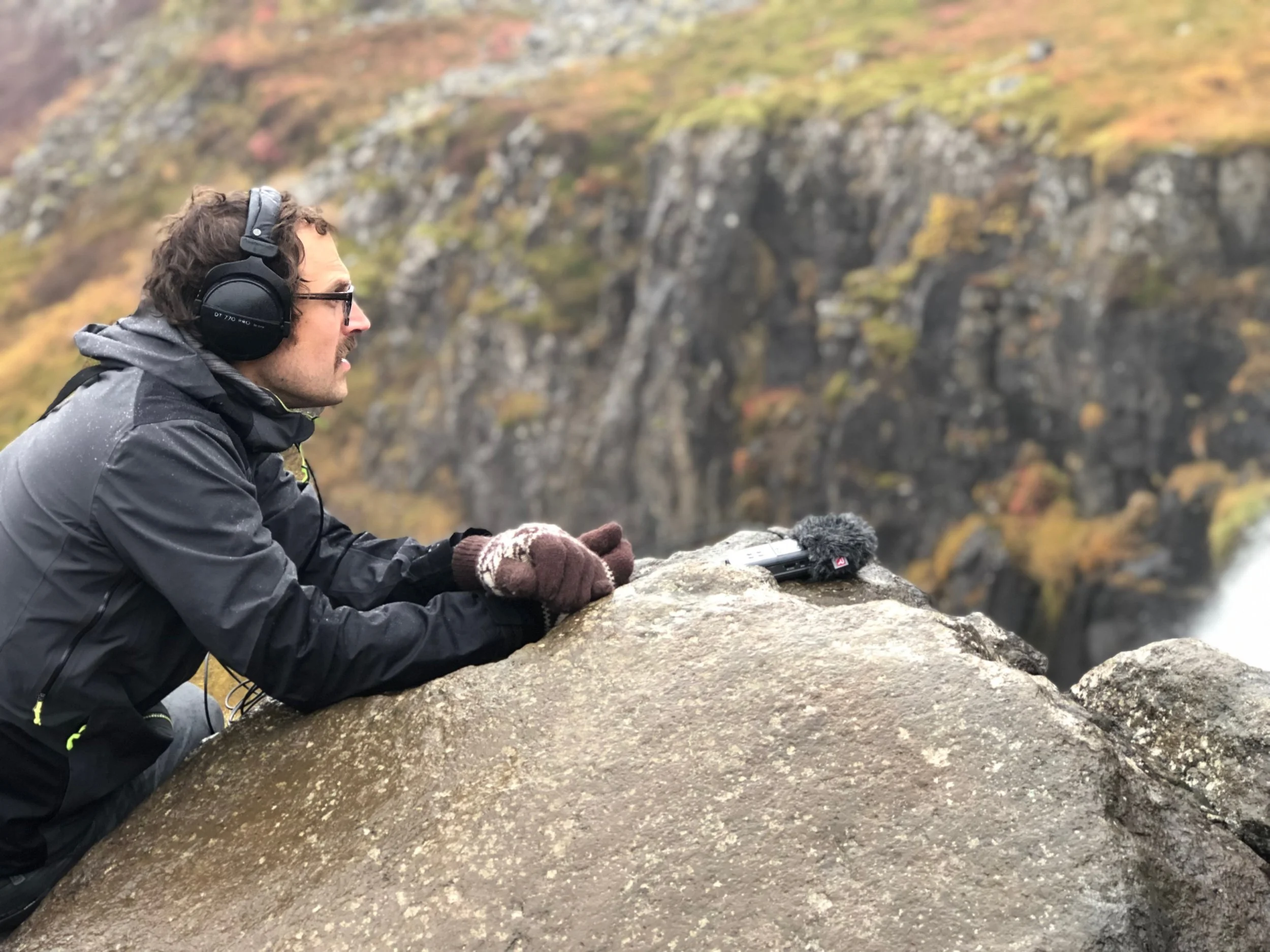We spend a lot of time discussing the visual and gameplay elements that define games, but sound design is equally as important when it comes to telling a story, making it believable, and truly allowing players to experience all its glory.
Whether footsteps, a sword whoosh, or an otherworldly cry of an alien being, carefully-crafted sound effects make all the difference. Think of the iconic lightsaber sound created by Benn Burtt—the perfect example of ingenious sound design that has gone down in history. Would the Star Wars franchise be the same without it? Even Ewan McGregor found himself reshooting takes on the prequel trilogy, after involuntarily making the iconic noise with his mouth during filming.
Music sets the mood, and sound effects add impact to the action. Beloved soundtracks from some of the most popular franchises (e.g., Final Fantasy, Legend of Zelda) still echo in our heads decades after we first heard them. But we also crave those satisfying sound effects (e.g., PAC-MAN’s “waka waka,” Mortal Kombat’s “finish him,” Silent Hill’s chilling radio static) that made our gaming experiences just a little bit more special.
But sound design is often overlooked, especially in indie game projects. Samantha van der Sluis, film and video game composer with credits including Avengers: Endgame, The Mandalorian and The Simpsons recently tweeted:
Acorn reached out for further comment, and Samantha was able to provide a little extra clarification.
In some cases [music and SFX] is an afterthought by the client in which case gets rushed or poorly compensated. Music and Sound create true immersion and world-building in video games. Characters on screen come to life when they pick up an item or walk and you can hear the character doing that. Without sound, the character becomes flat and two-dimensional.
- Samantha van der Sluis
To manipulate sound and create unique effects, sound designers in video games take advantage of many of the same tools and techniques used in filmmaking, theatre, and television production. They create multiple layers of audio to match everything that’s happening on the screen, from player movement and action (and interaction) to subtle (or not so subtle) ambient sounds. They also often collaborate with composers to ensure the game’s sound effects and music work well together while also staying true to the creators’ vision. Think of our very own LUNA The Shadow Dust, with the wonderful clockwork noises used in Susie Wang’s soundtrack for the ‘Clock Room’ level.
In one of the interview videos we put together while promoting LUNA The Shadow Dust, Susie Wang explains how she matches the music to the environment in her composition.
Background music amplifies the mood and world and helps to fully immerse the player's experience while gaming. Take the music out of a game and it's just not quite that magical anymore.
- Samantha van der Sluis
Much of the effort that goes into video game sound design resembles the work of Hollywood’s famed foley artists. Sometimes it’s all about capturing realistic sounds to bring environments to life; other times, it’s more about being inventive and finding unique ways to enhance a sequence.
Ward Snauwert and Dries Vienne, the artists behind the sound design in Ghost on the Shore, recorded many of the game’s sounds by actually visiting an island with recording equipment in hand. After a number of failed attempts at home in Belgium, recordings repeatedly picked up extraneous noises such as dogs barking, airplanes passing by or light traffic. The solution was a trip to Iceland.
Iceland was one of most silent areas. I’ve combined a family trip to Iceland with taking field recordings along the Westfjords there. Pretty amazing to record 10 minutes of non-stop shore and woodland sound without interference.
- Ward Snauwert
Every footstep, stream, and bluster of wind was a new opportunity. The result is a truly unique soundscape deeply rooted in reality, contrasting and balancing out the game’s fantastical visual elements.
like Charlie’s Ward Snauwert, recording in the field
But sound design isn’t just part of worldbuilding. It can also directly impact gameplay, as is the case with Growbot. Many of the game’s puzzles involve sound, as they have players harmonise notes to cross barriers and replicating musical notes to build and collect items.
Unknown Number: A First Person Talker is another example of unique sound design. It’s an audio-only thriller that tells its story through interactive phone calls, featuring realistic SFX and actual voice commands.
We often take sound for granted, but that doesn’t diminish its role in shaping the gaming experience. Next time you fire up your favourite game, try muting the SFX and see how less impactful everything feels.


